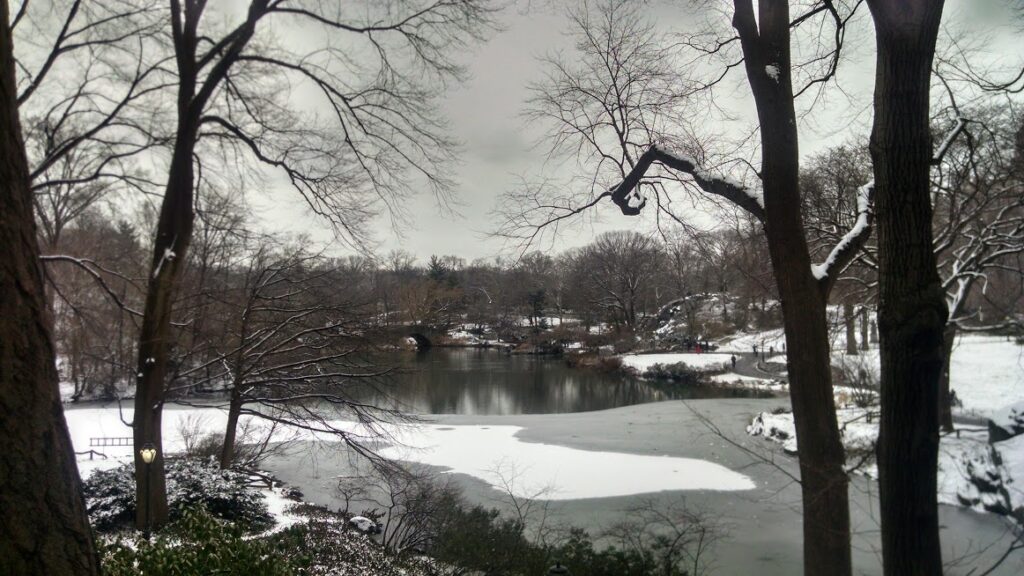Public Space

A Quiet Moment (in New York?)
After a late winter snowstorm a week or so ago, I walked along Central Park and paused to admire the landscape art of Frederick Law Olmstead and Calvert Vaux. For a moment, the world seemed quiet and calm. I felt a closeness to nature and forgot the everyday thoughts and worries haunting my mind. Those…
Where Have All the Nice Places Gone?
Several posts ago, I discussed the dearth of decent, new public spaces in Jersey City. This problem with new development and construction exists well beyond Jersey City (Alex Marshall analyzes this distressful pattern in a recent article in Governing magazine). My past discussion centered upon public spaces: parks, libraries, and government buildings. The architecture and…
Great Public Spaces: a Few Ideas, Part II
The last several posts have addressed the pressing need for quality public spaces in the rapidly developing and transforming Jersey City. In the past decade, a group of volunteers have rescued a historic nineteenth-century cemetery from abandonment and neglect. This group hopes that the cemetery can be a splendid place for the people of Jersey…
Great Public Spaces: a Few Ideas, Part I
My previous post lamented the dearth of great, eye-opening public spaces throughout Jersey City and the nearly complete absence of any attention to this need in the redevelopment and building boom of the city throughout the last thirty years. However, genuine and realistic opportunities exist to ameliorate the lack of civic mindedness and inadequate planning…
Jersey City: Seeking Great Public Spaces
During the last several decades, Jersey City has redefined itself from a floundering industrial hub to a center for white-collar office work. At the same time, an aspiring arts community has seen its fortunes rise and fall and rise again, and urban-minded individuals and families view Jersey City as a place to move to, not…